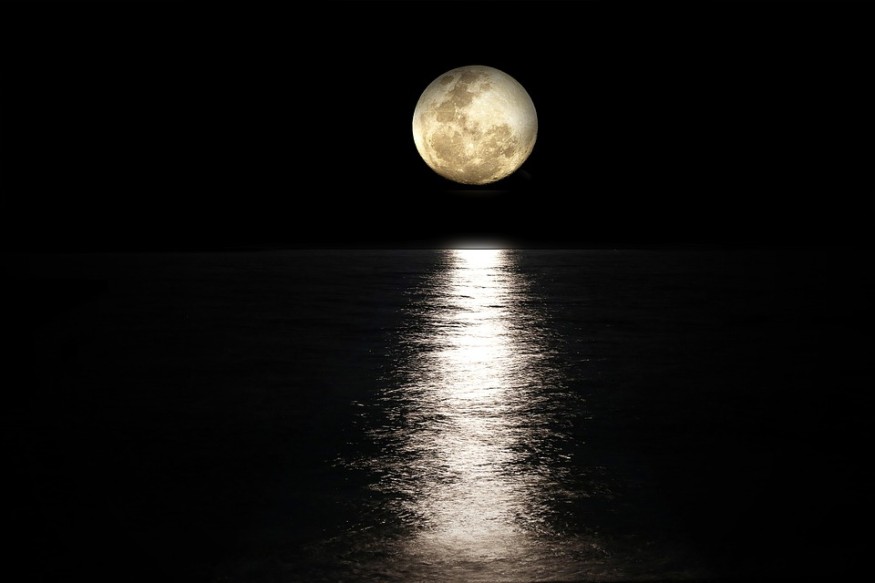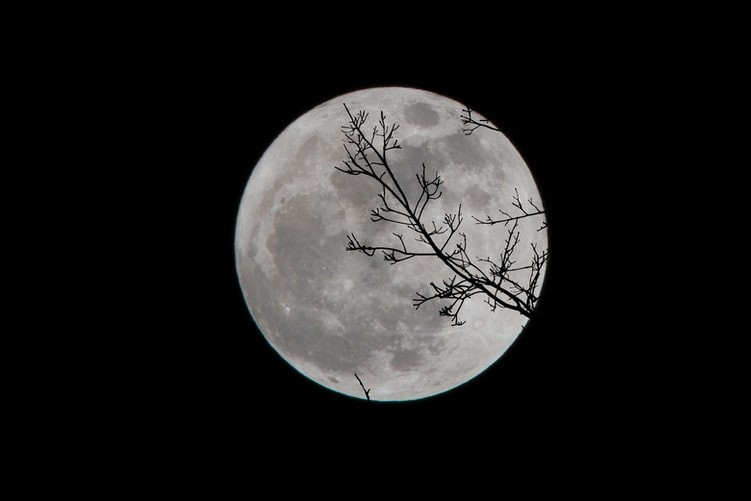February's full Moon is called the "Snow Moon" by many because of the snow that winter winds left on the field. The full Moon was also labeled as the Hunger Moon by some Native American tribes, while others called it the Storm Moon.
The various names of the full Moon originate from a number of places, including sources from Native America, Colonial America, and Europe.
Each full Moon name has historically been applied to the entire lunar month in which it happened, not just to the full Moon itself.
Snow Moon

The explanation behind February's Moon's full name is a fairly clear one: owing to the usually heavy snowfall that happens in February, it is known as the Snow Moon. On average, according to National Weather Service reports, February is the snowiest month in the United States. In the 1760s, Captain Jonathan Carver, who had visited the Naudowessie (Dakota), wrote that "since more snow usually comes during this month than any other in the winter," the term used for this time was the Snow Moon.
Aside from the "Snow Moon" title, there are a plethora of names given to February's full Moon.
Other Titles
Historically, names for this month's Moon have had a link to animals. This was commonly named the Bald Eagle Moon, or Eagle Day, by the Cree. When bear cubs are born, the Ojibwe Bear Moon and Tlingit Black Bear Moon refer to the moment. This is often called the Raccoon Moon by the Dakota, named by some Algonquin peoples as the Groundhog Moon, called Goose Moon by the Haida.

But, aside from the Snow Moon, the more accurate title used to call the month's full Moon are the aforementioned storm and hunger moon. In a cosmic dark-comedy sense, it grimly fits, given the recent calamities (snow storm and food crisis) caused by the harsh winter season.
Related Article: 2021 First Full Moon: The History of 'Wolf Moon'
When to See the Snow Moon?
The full Snow Moon reaches optimum illumination on Saturday, February 27, at 3:19 A.M. EST. Look for the best glimpse of this Moon on Friday night, February 26; it will be drifting over the horizon at sunset in the east and touching its peak point in the sky around midnight.
Lunar Titles

It was common in ancient times to observe the shifting seasons by tracking the lunar month rather than the solar year on which the 12 months are centered in our modern calendar.
People in Europe and Native American tribes have named the months after characteristics associated with the seasons of the Northern Hemisphere for centuries, and many of these names are very similar or equivalent.
Today, as Full Moon names, we are using many of these ancient month names. A common theory is that many Native American titles were taken by Colonial Americans and introduced into the western calendar.
It suggests, however, that it is a mixture of names for the Native American, Anglo-Saxon, and Germanic months that gave rise to the names widely used today for the Full Moon.
For more space related news, don't forget to follow Nature World News!
© 2025 NatureWorldNews.com All rights reserved. Do not reproduce without permission.





